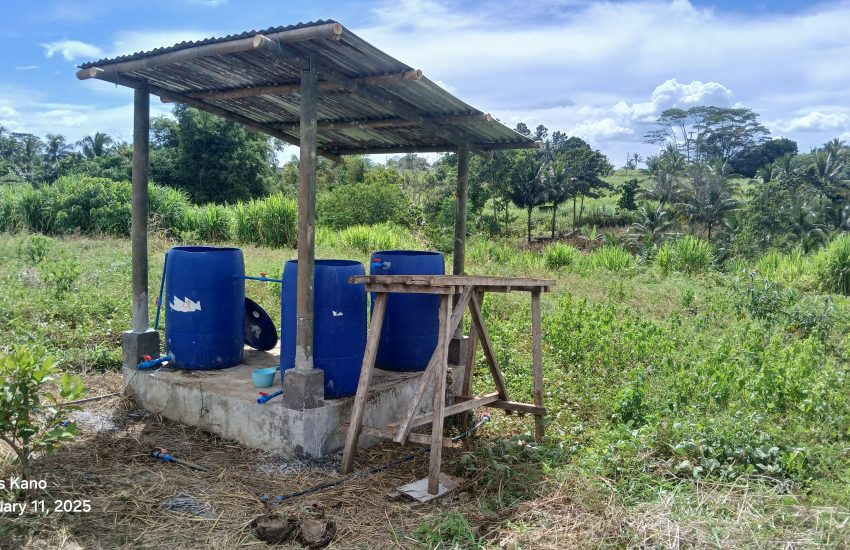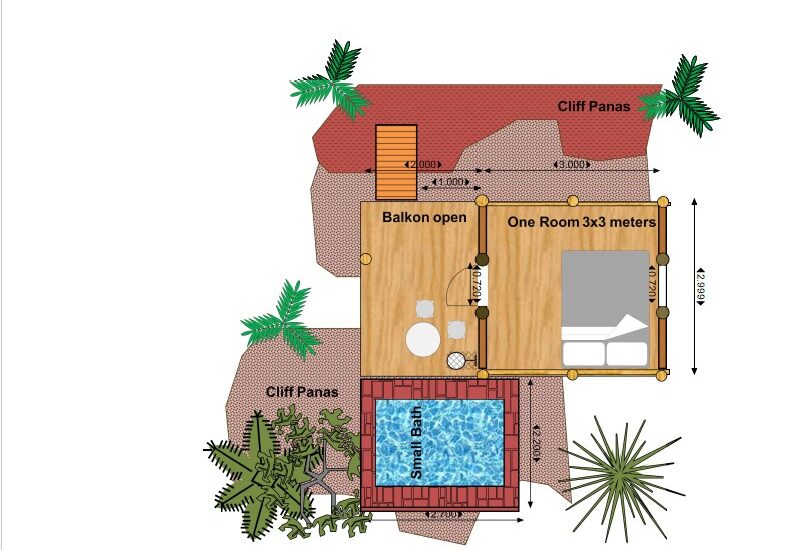How to Plant Multiple Crops in Agroforestry
Multicropping and Trees
In recent years, sustainable farming practices have gained popularity as we seek to balance agricultural productivity with environmental responsibility. One effective method of achieving this balance is through agroforestry, which combines the cultivation of trees with crops and fruits. Our farm exemplifies this approach by integrating bananas into a carefully designed intercropping system that enhances both biodiversity and productivity. At the heart of our agroforestry model is the strategic planting of multiple crops together, rather than focusing on a single crop type. This practice, known as multicropping, utilizes diverse plant species to create a more resilient and efficient farming system. On our farm, we have developed a layout that alternates rows of coconut trees, coffee plants, and banana patches. This arrangement not only maximizes land use but also fosters ecological harmony.
The Strategic Relevance of Bananas
Bananas play a significant role in our intercropping strategy. They are often planted alongside coconut and coffee plants, providing shade that benefits the other crops. The large banana leaves help reduce sunlight exposure, creating a microclimate that promotes healthier growth for the coffee plants. Additionally, bananas are an excellent source of animal feed, ensuring that livestock on our farm receive nutritious sustenance while also reducing food waste.
The Basic Design and Layout
The design of our farm features a row of coconut trees intercropped with coffee, followed by a dedicated row of pure coffee plants. Next, we include a row of bananas to provide essential shading and animal forage. This sequence not only supports the growth of each crop but also helps prevent soil erosion and improves soil health through increased organic matter and root diversity. This balanced approach to farming offers numerous benefits. By diversifying our crops, we reduce the risks associated with pests and diseases that often affect monoculture systems. Furthermore, intercropping enhances soil fertility, as different plants contribute various nutrients and organic materials back into the soil. As a result, we can maintain higher yields without the heavy reliance on chemical fertilizers.
While the core planting scheme on our farm typically remains consistent, we are also open to adapting our layout depending on specific local conditions. This flexibility allows us to optimize growth and cater to the unique characteristics of different sections of the farm.
In conclusion, the integration of bananas in our agroforestry system exemplifies a sustainable farming model that respects nature while promoting productivity. By embracing multicropping and strategic intercropping, we not only cultivate a diverse range of crops but also work towards a more resilient and sustainable agricultural future. Our approach reflects a commitment to responsible farming practices that benefit both our community and the environment.


